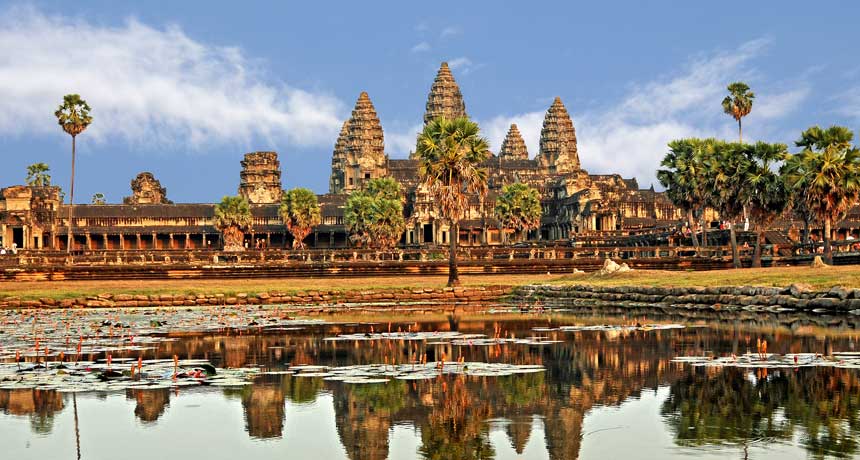The water system that helped Angkor rise may have also brought its fall
Monsoon floods and decades of drought were too much for the infrastructure to bear

WATERED DOWN Medieval Angkor suffered a big blow when the city’s water system reacted badly to a fluctuating climate, a study suggests. Angkor Wat temple — a popular tourist destination — was once part of Greater Angkor.
Dennis Jarvis/flickr.com (CC BY-SA 2.0)







